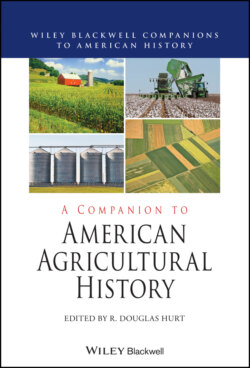Читать книгу A Companion to American Agricultural History - Группа авторов - Страница 25
Chapter 3 EARLY NATIONAL AMERICA, 1789–1830: LAYING THE FOUNDATION FOR NINETEENTH- CENTURY AGRICULTURAL GROWTH
ОглавлениеJames L. Huston
In the years 1789 to 1830, the foundation of the nation’s economic strength in agriculture was built—some of it brutally. The powerful but bifurcated American economy took shape: a southern region devoted to raising staples by plantation slavery that were destined for foreign lands, and a northern region based on the small family farm raising mixed crops to sell in a domestic urban market. In agricultural practices, the inheritance of the colonial period continued. Except for cotton and rice cultivation, most of the country’s farmers did not innovate, they remained locked in a local market arrangement, they exhibited no increase in productivity, and they neglected care of their animals.
The major agents of agricultural change 1789–1830 were political. The creation of a stronger national government under the Constitution in 1789 not only solved the Revolution’s debt problems, but it restored overseas markets for agricultural products, created a distribution system for the public domain, and gave land-ravenous settlers and speculators the power to defeat the Native American tribes and to confiscate their lands. Then the transportation improvements after 1810 increased the market activity of all farmers even if by no means eliminating subsistence agriculture.
